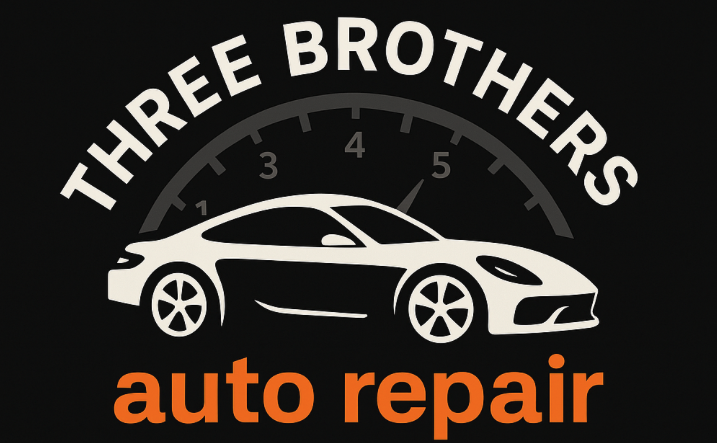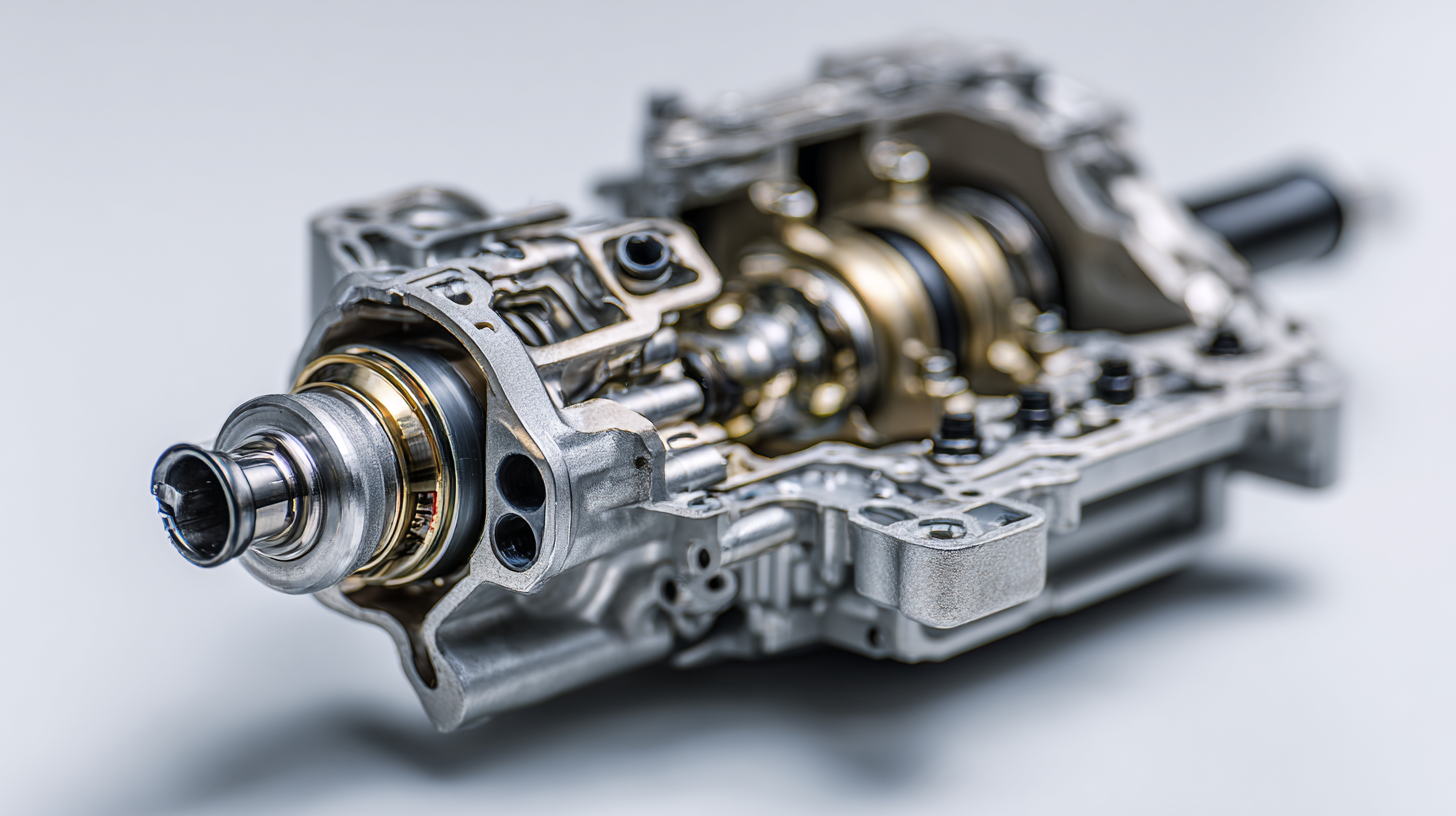At Three Brothers Auto Repair, we often meet New Jersey drivers curious about what exactly a transmission valve body does. If you drive an automatic car, the transmission valve body plays a crucial role in how your vehicle shifts gears. It’s a complex component that directs transmission fluid through various channels to enable smooth gear changes. Understanding this part can help you appreciate how your transmission works and recognize when something might be wrong. In this article, we’ll explain what a transmission valve body is, how it works, the signs of trouble to watch out for, and how we handle these issues.
As shown above, a properly working valve body keeps gear changes smooth and unnoticeable. When the valve body fails, driving becomes rough, unpredictable, or even unsafe. Being aware of these differences helps you know when it’s time to seek maintenance or repair.
Contents
- What Is a Transmission Valve Body?
- How Does the Transmission Valve Body Work?
- Common Problems and Symptoms of a Faulty Valve Body
- Quick Comparison: Healthy vs. Faulty Valve Body
- Keeping Your Transmission in Top Shape
- What is a transmission valve body?
- What happens when a transmission valve body goes bad?
- Can you drive with a bad transmission valve body?
- How much does it cost to replace a transmission valve body?
What Is a Transmission Valve Body?
A transmission valve body is essentially the control center (or “brain”) of an automatic transmission. It’s a solid metal block (usually made of aluminum) filled with a maze of channels and passages. Within these passages are numerous valves that open and close to direct pressurized transmission fluid where it needs to go. By routing fluid to the right places, the valve body controls the clutches and bands inside the transmission that engage different gears. In other words, when your car shifts from first gear to second or into reverse, the valve body is doing the work of sending fluid to trigger that gear change. This all happens automatically behind the scenes whenever you drive an automatic vehicle. In contrast, a manual transmission car doesn’t have a valve body — instead, the driver manually engages gears using a clutch and gearshift. The valve body is unique to automatics because it allows the vehicle to shift gears on its own by using hydraulic pressure.How Does the Transmission Valve Body Work?
The valve body works hand-in-hand with your vehicle’s computer and transmission fluid to make gear changes happen. Modern cars have sensors that monitor things like speed, throttle position, and engine load. When it’s time to shift gears (for example, when you gain speed or climb a hill), the car’s computer sends a signal to the transmission valve body. Inside the valve body are tiny actuators called solenoids, which act like electrical valves or switches. The solenoids open and close passages within the valve body, directing the flow of transmission fluid through the correct channels. Transmission fluid is a special hydraulic fluid — it doesn’t just lubricate like motor oil; it also transmits pressure. This fluid pressure applies the right internal clutch or band inside the transmission to engage the next gear. All of this happens in fractions of a second to give you a smooth ride. When everything is working properly, you barely notice gear shifts at all. The valve body continuously regulates fluid flow and pressure so that each shift is timed correctly and feels seamless, whether you’re accelerating onto a New Jersey highway or cruising around town.Common Problems and Symptoms of a Faulty Valve Body
Over time, the valve body can wear out or get damaged from constant high pressure, heat, and fluid contamination. When it starts failing, you’ll notice changes in how your car drives. Common symptoms of a bad transmission valve body include:- Delayed gear engagement: You shift into “Drive” or “Reverse,” but the car hesitates a moment before moving. This delay is a classic sign of valve body trouble.
- Harsh or erratic shifting: Gear changes might be rough (causing hard jolts or clunks) or happen at inappropriate times. The transmission could even slip out of gear — meaning the engine revs without the car accelerating.
- Warning light: A check engine light or transmission warning light may come on if the car’s computer detects a transmission problem.
- Transmission fluid leak: If you see a red or brown oily puddle under your parked car, your transmission fluid may be leaking. Low fluid from a leak can lead to overheating and shifting problems, which can seriously damage the valve body.
Quick Comparison: Healthy vs. Faulty Valve Body
Here’s a quick comparison of how a healthy transmission valve body versus a failing one affects your car:| Aspect | Healthy Valve Body (Normal Operation) | Faulty Valve Body (When Problems Arise) |
| Gear Engagement | Engages Drive/Reverse promptly and smoothly. | Hesitates or clunks when shifting into gear. |
| Gear Shifting | Shifts gears smoothly at appropriate times. | Rough or jarring shifts; may shift at improper times or skip gears. |
| Power Delivery | Steady acceleration with no unexpected RPM spikes. | Engine revs high without corresponding acceleration (transmission slips). |
| Noise & Vibration | Minimal noise; shifts are barely noticeable. | Noticeable clunking noise or heavy vibration during gear changes. |
| Dashboard Warnings | No transmission-related warning lights. | Check engine or transmission warning light likely illuminated. |
Keeping Your Transmission in Top Shape
Your vehicle’s transmission valve body might be out of sight, but it shouldn’t be out of mind. This component is vital for automatic transmissions, making sure every gear change happens when it should. By understanding what a transmission valve body is and knowing the symptoms of it going bad, you’ll be better prepared to catch issues early and keep your car running reliably. Regular transmission maintenance, like fluid changes, can help prolong the life of the valve body by reducing wear and contamination. If you notice any of these warning signs, it’s best to have your vehicle inspected soon. At Three Brothers Auto Repair, we are proud to serve New Jersey drivers every day with reliable, honest, expert transmission care — including valve body diagnostics and repairs. Whether you’re commuting through New Jersey traffic or taking a weekend drive, a healthy transmission means peace of mind. If you have any concerns about your transmission, we’re just a call or visit away at our East Rutherford, NJ shop, ready to get you back on the road confidently.-
What is a transmission valve body?
The transmission valve body is a key component in an automatic transmission. It directs hydraulic fluid through various channels to engage the right gear at the right time.
-
What happens when a transmission valve body goes bad?
A faulty valve body can cause rough shifting, slipping between gears, delayed acceleration, or the transmission getting stuck in one gear.
-
Can you drive with a bad transmission valve body?
Driving with a failing valve body is not recommended. It can lead to severe transmission damage and expensive repairs if ignored.
-
How much does it cost to replace a transmission valve body?
Replacement costs typically range from $500 to $1,500, depending on the vehicle type and whether you choose OEM or rebuilt parts.

